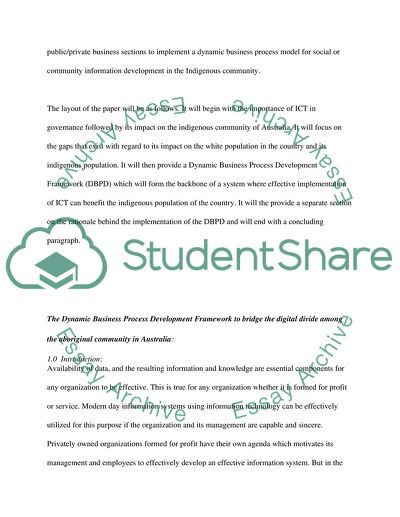Cite this document
(The Dynamic Business Process Development Framework to Bridge the Article, n.d.)
The Dynamic Business Process Development Framework to Bridge the Article. Retrieved from https://studentshare.org/information-technology/1727920-article-information-systems
The Dynamic Business Process Development Framework to Bridge the Article. Retrieved from https://studentshare.org/information-technology/1727920-article-information-systems
(The Dynamic Business Process Development Framework to Bridge the Article)
The Dynamic Business Process Development Framework to Bridge the Article. https://studentshare.org/information-technology/1727920-article-information-systems.
The Dynamic Business Process Development Framework to Bridge the Article. https://studentshare.org/information-technology/1727920-article-information-systems.
“The Dynamic Business Process Development Framework to Bridge the Article”, n.d. https://studentshare.org/information-technology/1727920-article-information-systems.


